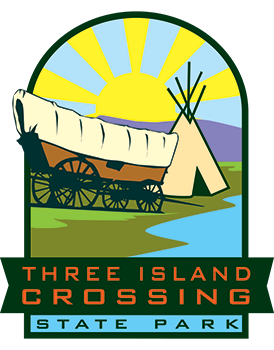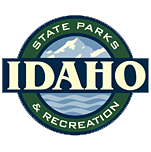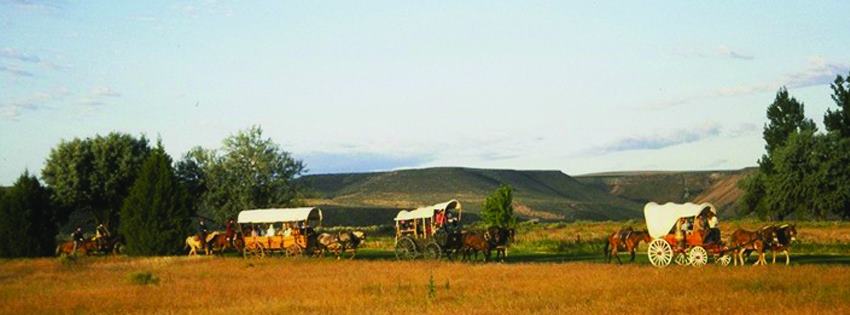PARK UPDATE:
2025 Updates
- All water is on in the park.
- Wagon Wheel Campground is reservable all year long.
- Campsite check-in time is 2 pm. And checkout time is 1 pm.
Cabins
- Cabins require reservations year-round, and they must be made at least 24 hours prior to the arrival date. The Cottonwood and Sage Cabins close November through mid-March.
- Cabin check-in time is 3 pm. And check-out time is 11 am.
- These times are being strictly enforced. If you arrive before 2 pm., you may park in the overflow parking area and visit the rest of the park
Motor Vehicle Entrance Fee $7
Park Reservations
By phone: 1-888-9-CAMPID or 1-888-922-6743
Current Conditions
Contact the Park
Address: 1083 S.Three Island Park Dr.
Glenns Ferry, ID 83623
Phone: (208) 366-2394
Hours of Operation: Oregon Trail History and Education Center is open daily from 9 a.m. to 4 p.m. Closed on most Holidays.




